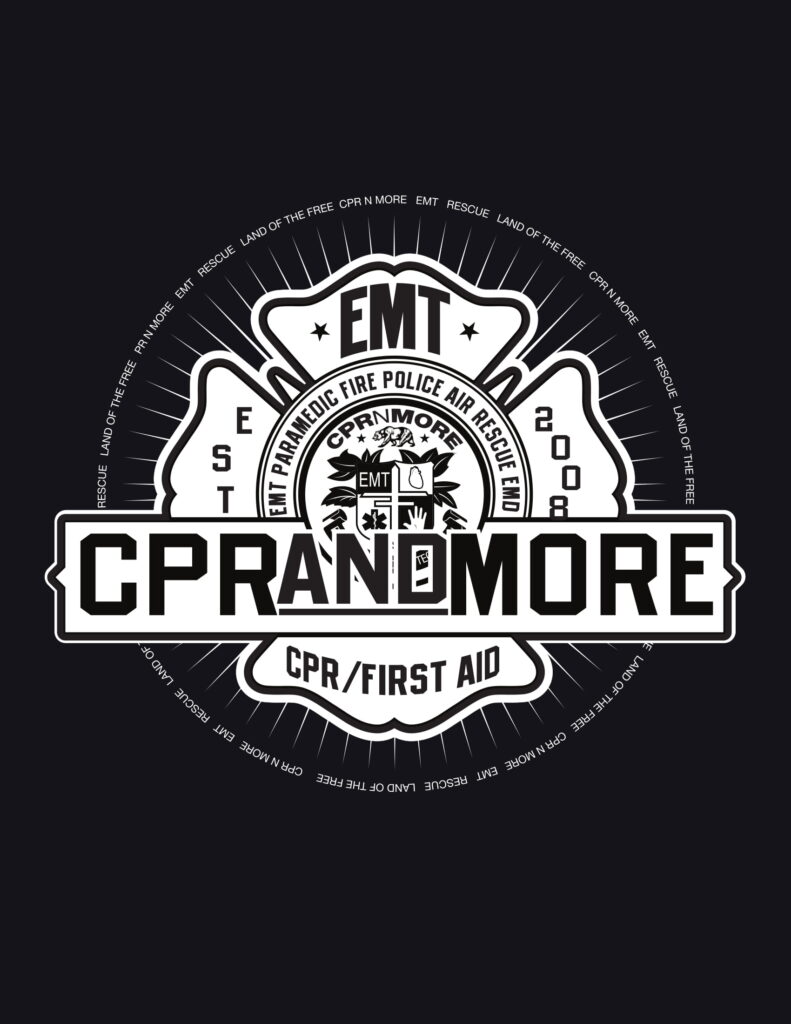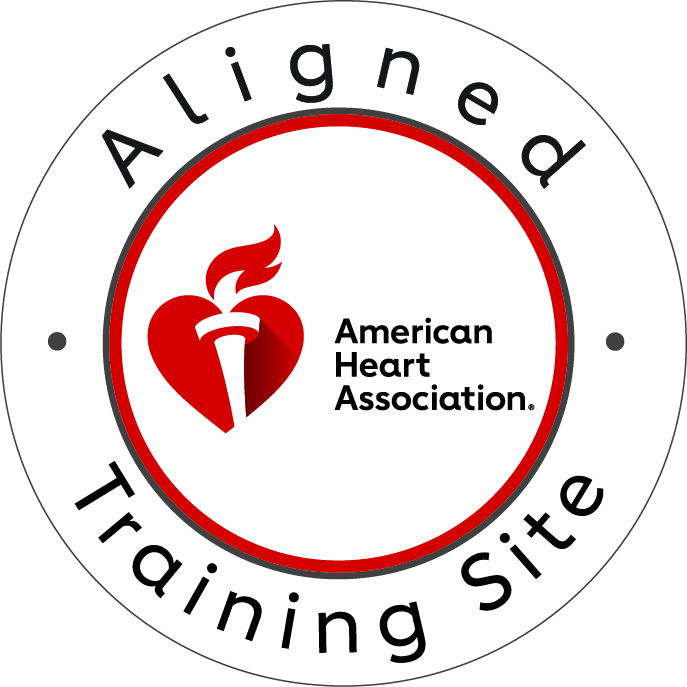By randomly clicking on this article, this may be the thing that one day helps you save someone’s life because in the US and Europe combined about 2,000 people have a cardiac arrest outside of the hospital every single day,and most of the time it’s witnessed by somebody. If that person goes over and starts chest compressions then there’s a way higher chance that the person is going to wake up without having any brain damage,but if chest compressions aren’t started, then the brain doesn’t get oxygen and it slowly starts to die before help can arrive. So, by the end of this article, I want to convince each and every one of you that you can save someone’s life, even if you’re a kid. You don’t have to be a doctor or a nurse, you just have to call for help and start chest compressions.
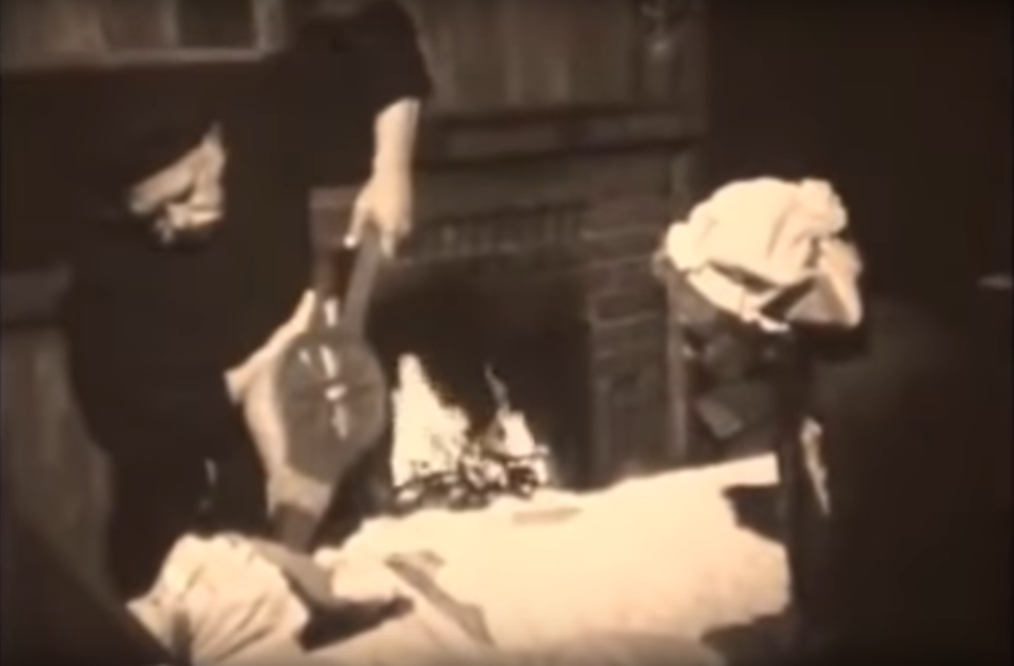
CPR is a really simple, amazing technique, but it actually took doctors a really long time to discover it. So their first goal was to figure out: How can we get people to start breathing again? Get air in and out. So, back in the 1500s, they came up with the bellows method. And that’s when they took an actual bellow from a fireplace and pushed air in and out of a patient and this became the standard for the next 300 years. They also came up with other methods like rolling a patient along their back or using the movement of a galloping horse to help move the air. In 1859 an English surgeon called Dr. Henry Sylvester came up with a new technique and this one’s called the chest pressure arm lift method, which was still just focusing on breathing. This became the new standard across the world and it was actually taught in the St. John’s first aid manual until 1972.
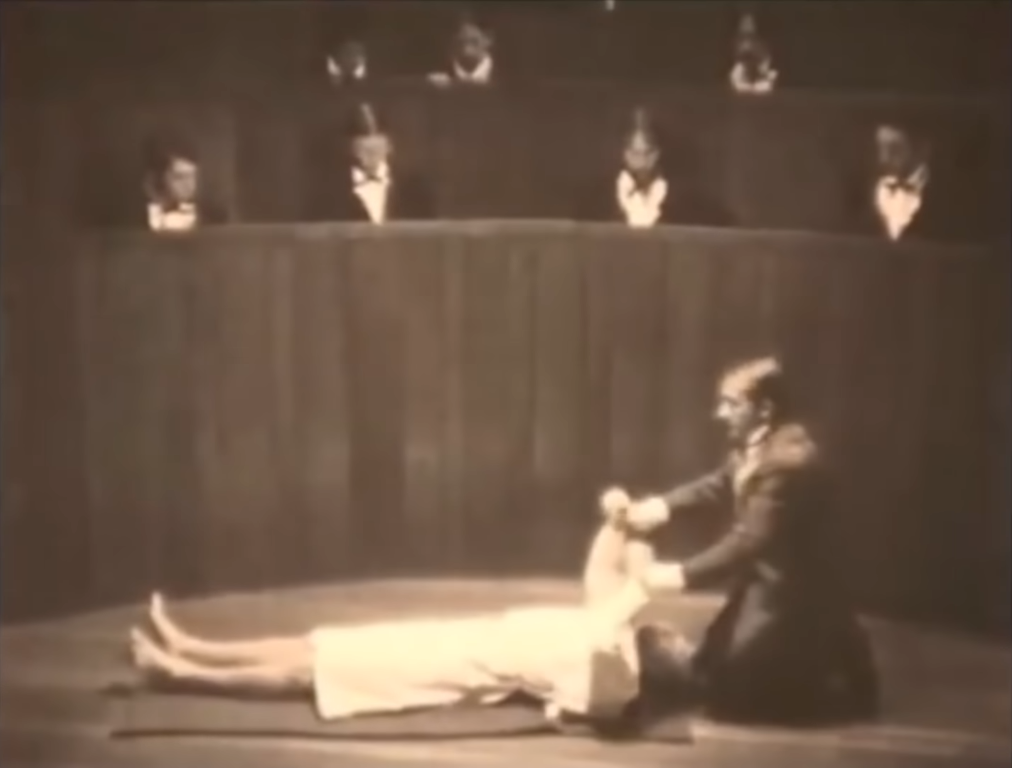
Meanwhile, there was a group of doctors who were interested in how to get the heart to pump and actually circulate the blood, rather than just focusing on breathing. Although they had some success, the medical community wasn’t all that excited about it, but if you were in the hospital at the time, the standard of care was to crack open the chest and actually massage the heart. We actually still do that today in rare circumstances and they do it in cardiac surgery sometimes. But obviously that’s not something that you can do on the street or outside the hospital when someone first has a cardiac arrest.
One way they used to do emergency resuscitation was depicted by a video published by the Canadian government back in the 1920s and it showed instructions for the public to do in-case of an emergency situation called Prone Pressure Method and this involves the patient being on the belly with arms extended and face to one side. The face being to the side is for the possibility of someone vomiting and helping to prevent it from being aspirated. Once they get the patient in that position then they kneel straddling the patient’s hips with palms on the small of the back and little finger touching the lowest rib. Arms straight and swig forward bringing your weight of the body to bear much like how we would do in modern CPR but at the same time this is very different from what we do today as this appears to only put pressure on the lower back maybe to push up the diaphragm and get the person to breathe out this is much different than the modern technique we do compressions to the chest to force the heart to pump blood. They then say to swing backwards, rest, and then repeat and to time it with your breathing and then have an assistant is to administer ammonia. I think they are trying to use the ammonia the way they use modern day smelling salts which they give to someone who has fainted with the idea that the caustic smell will irritate the lungs and trigger you to take a breath in and get oxygen moving. To someone having a cardiac arrest that probably isn’t going to help them and it seems that at this point in time they’re still really focused on the lungs and not on the heart like they should be. The video goes on to say “Do not stop or interrupt resuscitation until the patient breaths or stiffening of the body sets in”, which they are referring to rigor mortis and using that as an indication that the patient has officially passed away then finally it say “Do not give up under 4 hours”, which is an incredibly long time. The method that they are using, when you’re not actually circulating the blood. There’s no way after even a short period of time that that patient would survive because their heart stopped not just stopped breathing. So anyway, interesting to see how far we’ve come so far up to that point in time.
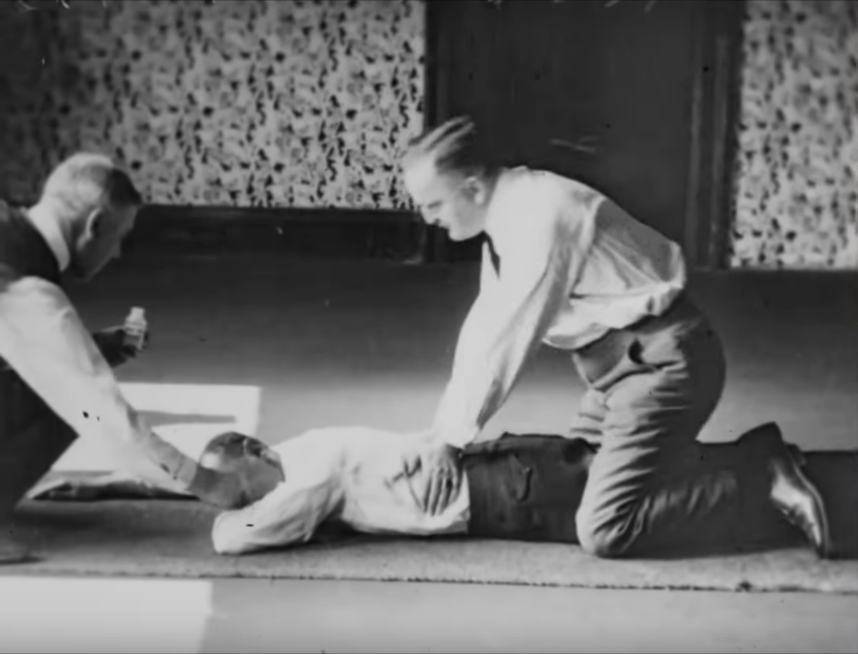
It may surprise you that it wasn’t until 1933 at Johns Hopkins University that some doctors and engineers got together and figured out that giving chest compressions as well as some shocks to the heart would help revive somebody and then it wasn’t until 30 years after that, in 1960 that they put all of this together: Chest compressions + mouth-to-mouth resuscitation for the breathing together was the most successful and it was called cardiopulmonary resuscitation or CPR as we know it today. CPR gained massive popularity and it was taught all around the world. Then, later on we started having AEDs, or Advanced Electronic Defibrillators, and they started to show up in public locations for people to use in case of an emergency. Take a look around next time you go out and once you do you’ll start to see them everywhere. These devices will actually give instructions to the public and they’ll administer electrical shocks when it’s needed for use outside the hospital and this was another huge life saving move by the people that took it upon themselves to help take this great life saving technique to the next level and make it readily available.
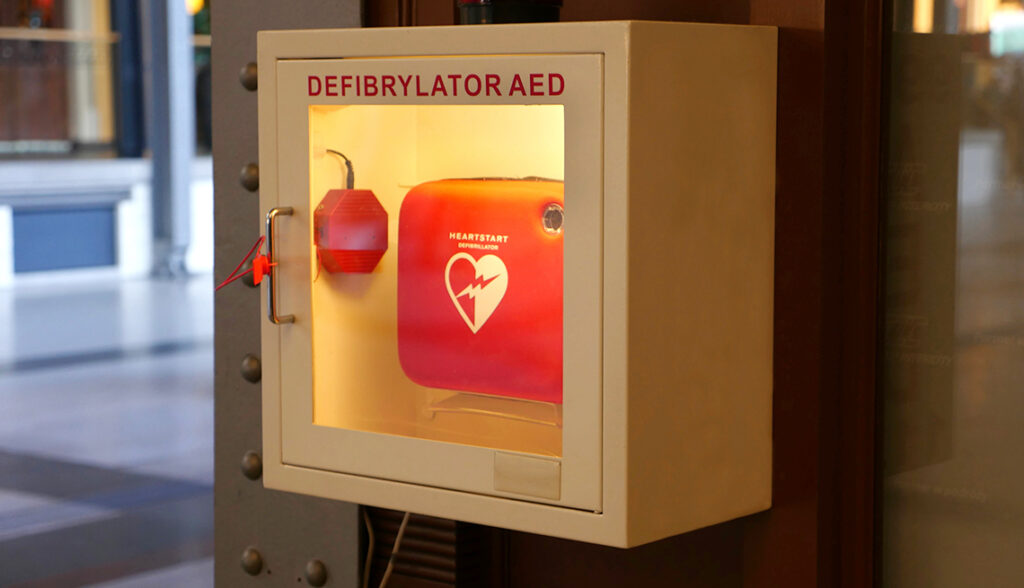
All that being said what should you do if you see a person that’s collapsed on the ground? The first thing is to call for help. Call 911 or 112 or what ever your emergency response number is for your part of the world and tell them what is going on. Second thing is to be checking for a pulse. See if they are responsive and if not start chest compressions and most importantly continue doing them until help arrives. I recommend taking an official CPR training course so that you’re certified and you can feel confident that you know what you are doing. However, there are some general tips you can follow in-case something happens tomorrow before you get a chance to take a course that will help you to know what to do. The ultimate goal is to compress the chest about 2 inches because it actually needs to be deep enough to push down on the heart so that it can get some blood moving. Then you need to repeat that process at about 100 to 120 beats per minute. The classic song that everyone tells you to remember is Stayin’ Alive because it’s around 100 bpm. The most common mistake that happens with people administering CPR is that they go too fast because they have a lot of adrenaline and it doesn’t leave enough time for the heart to fill back up with blood.
In countries where they train everybody, and when there is a cardiac arrest where CPR is needed about 75% of the time people will administer CPR which is really good compared to other countries where it’s only about 20% – 40% of the time. So, do yourself, and more so everyone else around you, a favor and look into a local CPR class, I can’t recommend it enough as you can probably already tell. I really hope you learned something and that you also get a sense of how innovation and creativity happens over time in medicine. I think the journey to modern CPR is surprisingly interesting and it shows that something that we think of as so simple and seemingly mundane because it really doesn’t take much to understand the logic behind it but that just really shows how much innovation and work was put into refining the process so that it really can be done easily and understood by everyone.


